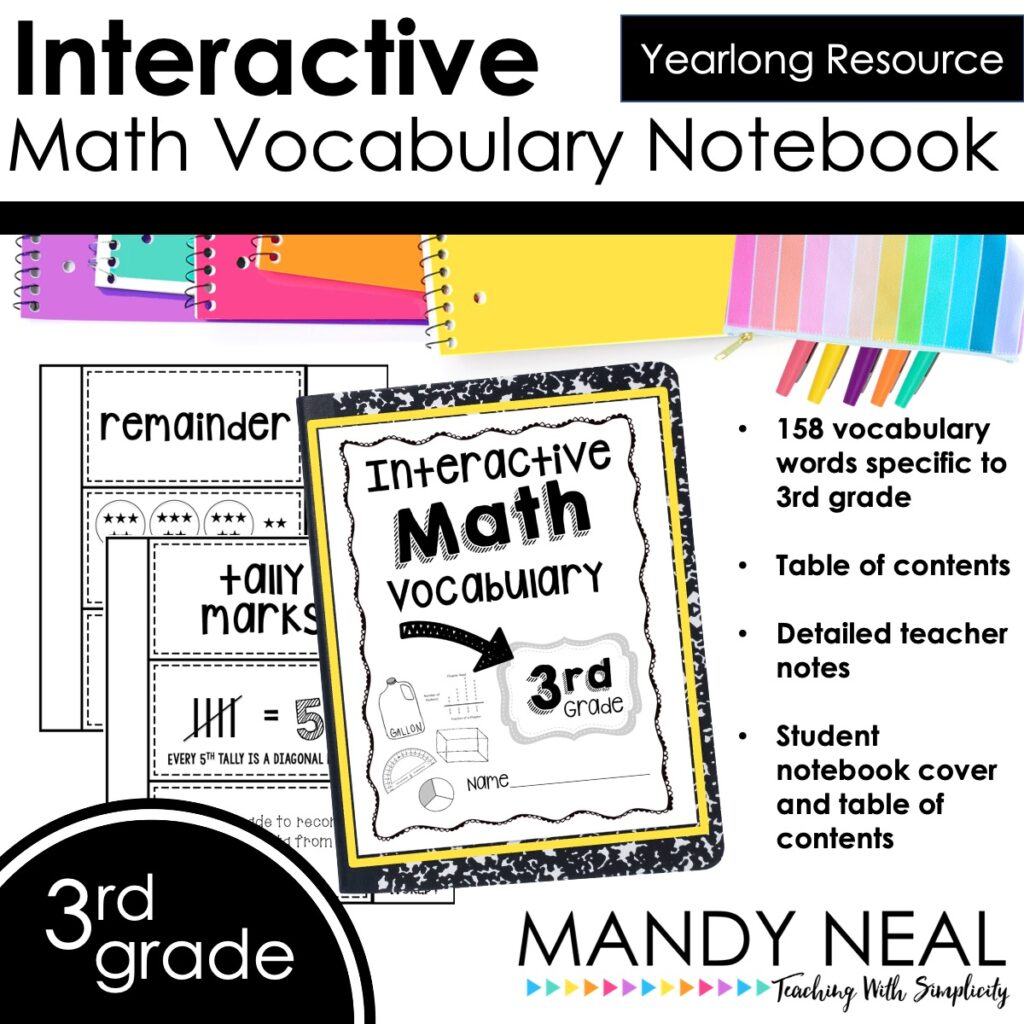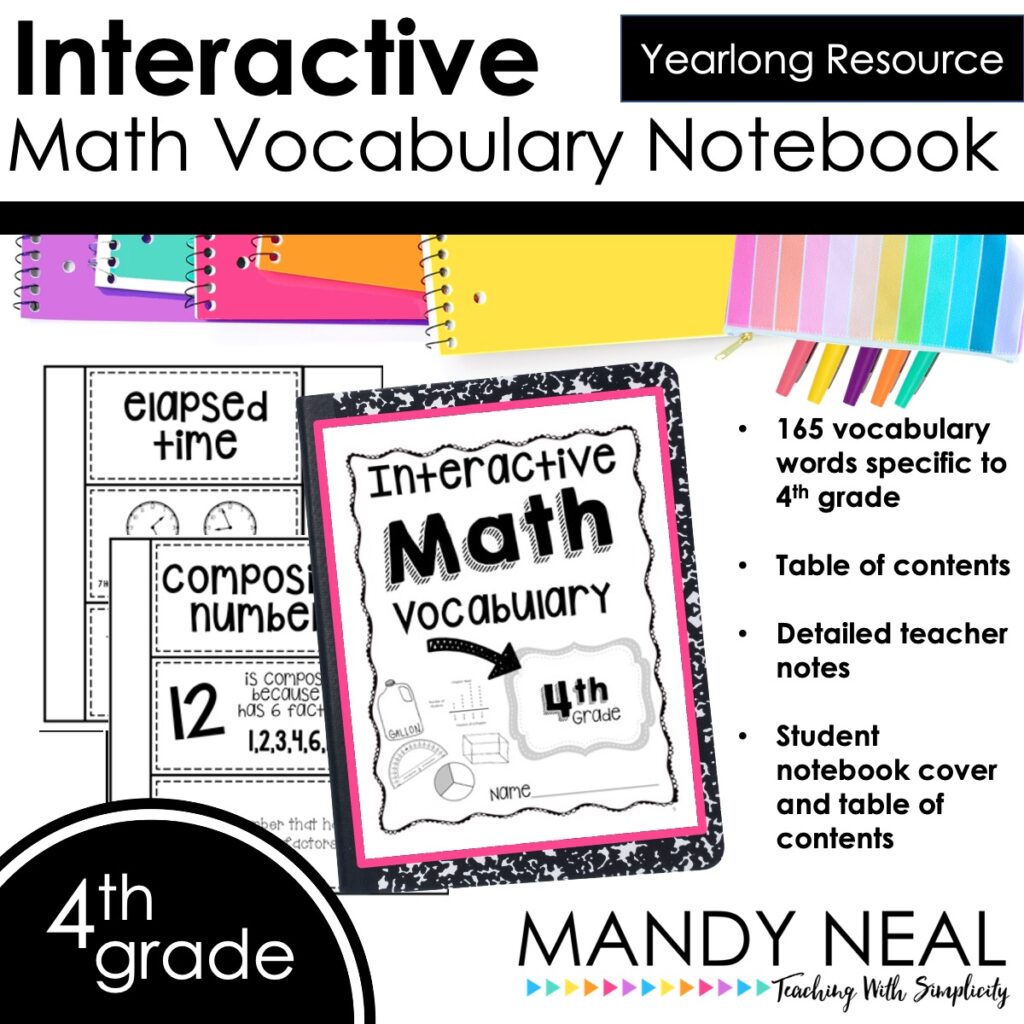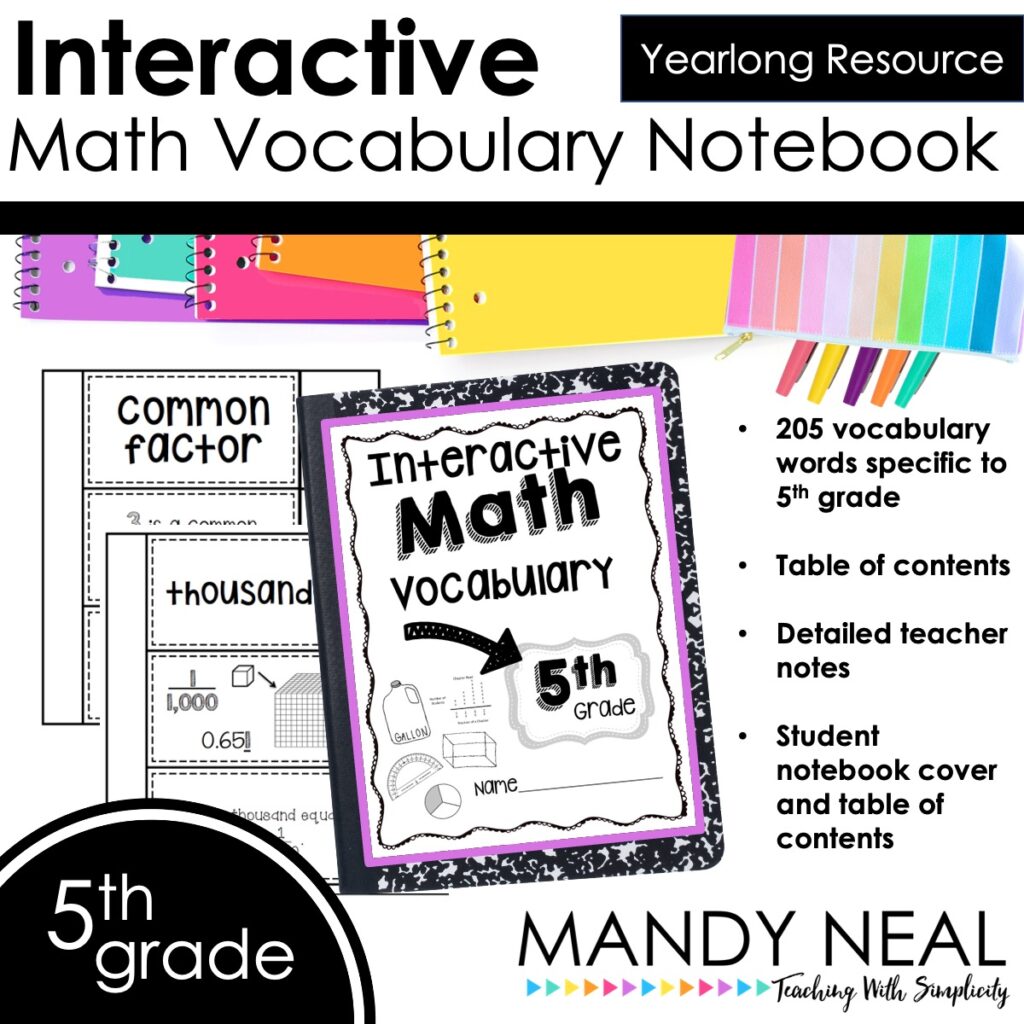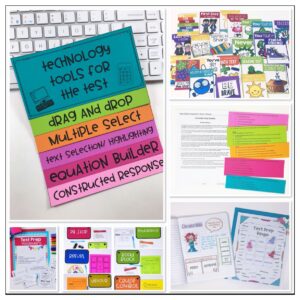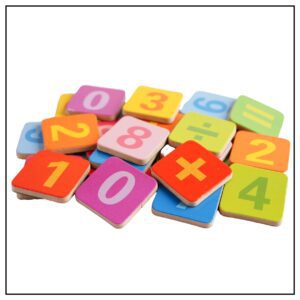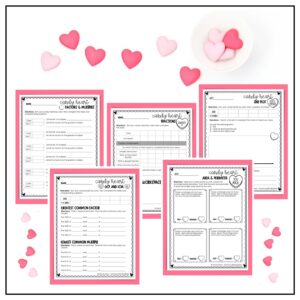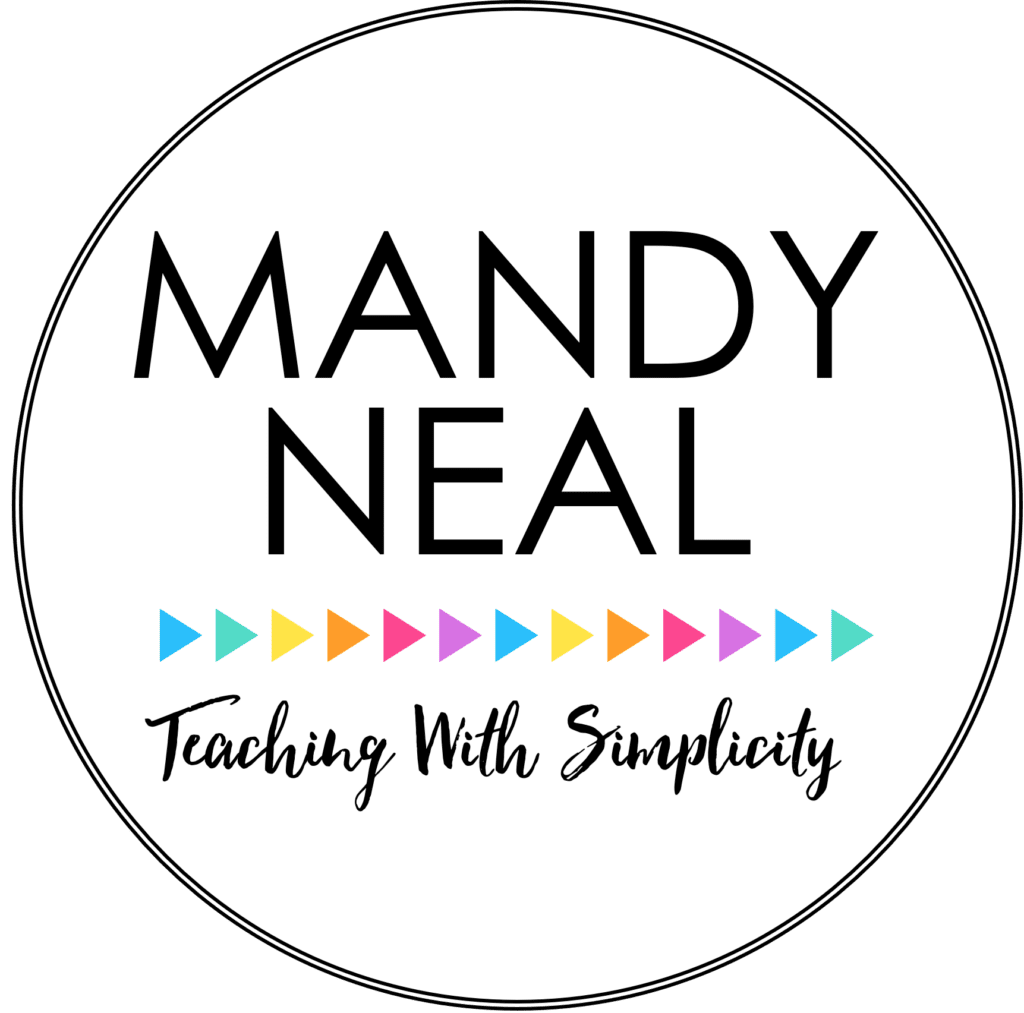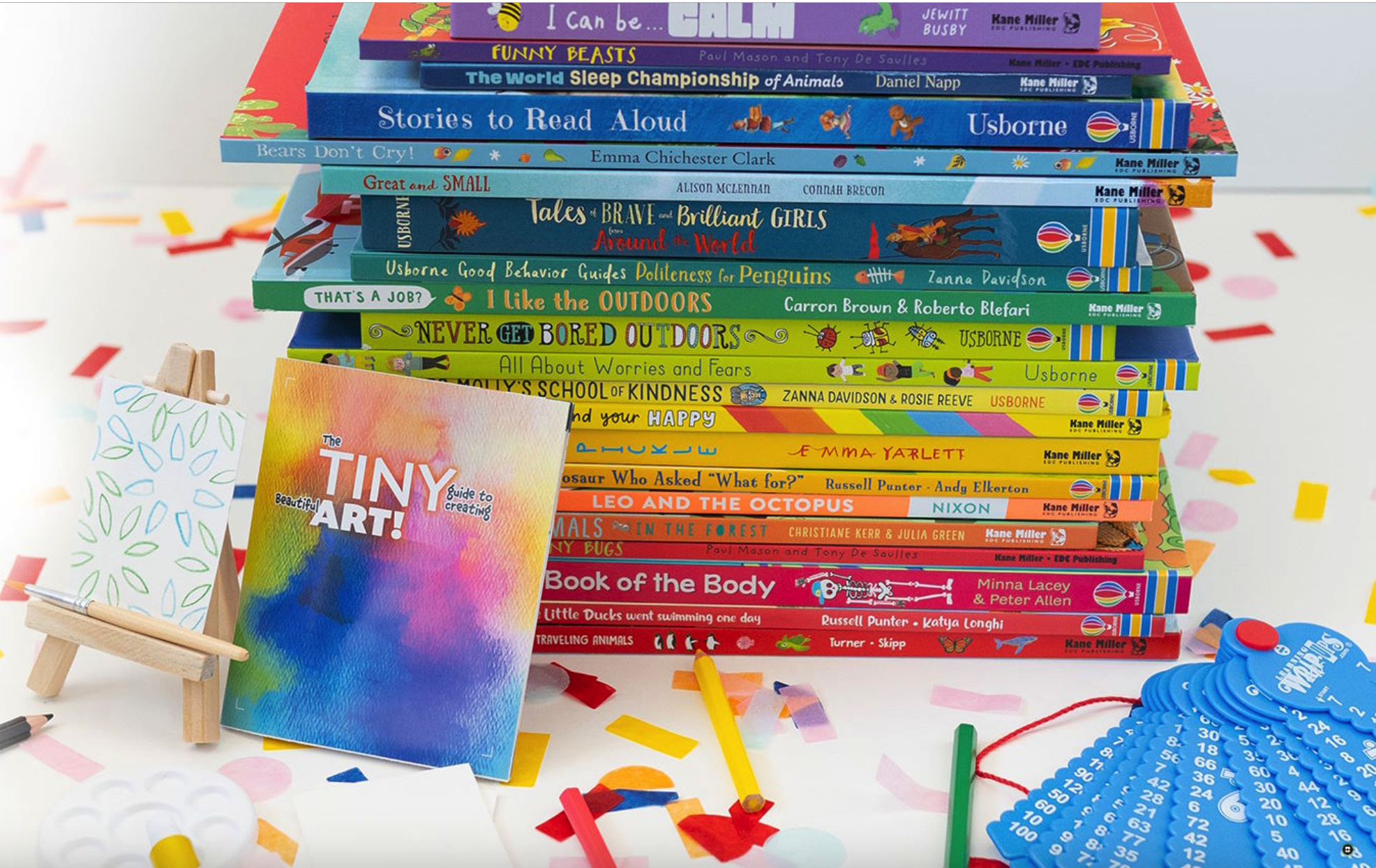Teaching fractions to third, fourth, and fifth-graders can be challenging, but there are several effective ways to make it easier for them to understand and facilitate ongoing practice.
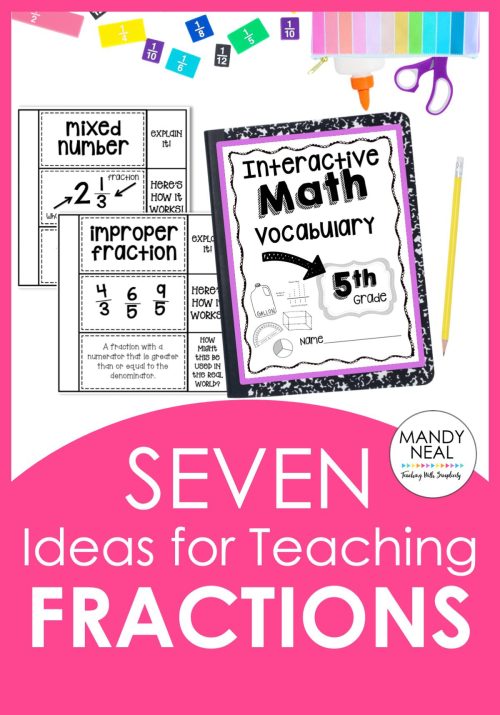
1. Fraction Tile Manipulatives
Before you even begin teaching fractions, consider tossing each student their own set of fraction tiles. Set a timer for 10 minutes or so and tell them they get to play with them. Not only will they be surprised, but you will also be amazed by what they discover!
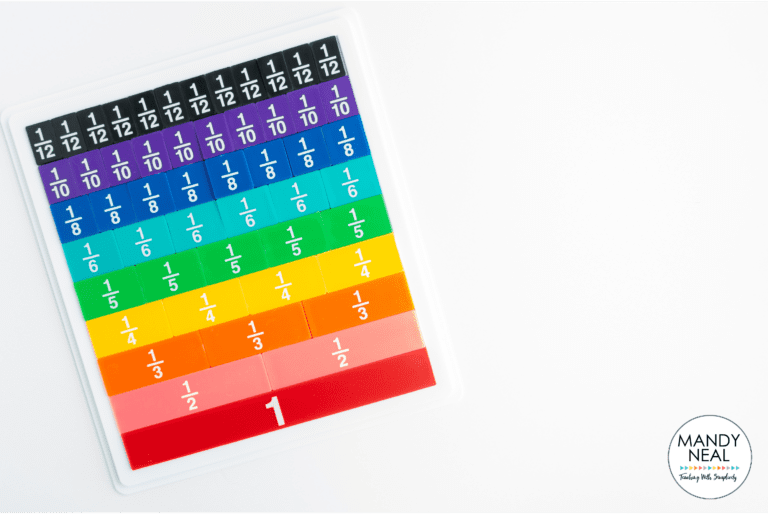
2. Use Anchor Charts
Begin introducing fractions with anchor charts. Create the anchor chart as a class with students. This promotes an interactive learning environment where students can engage in meaningful discussions and collaborate with you and their peers.
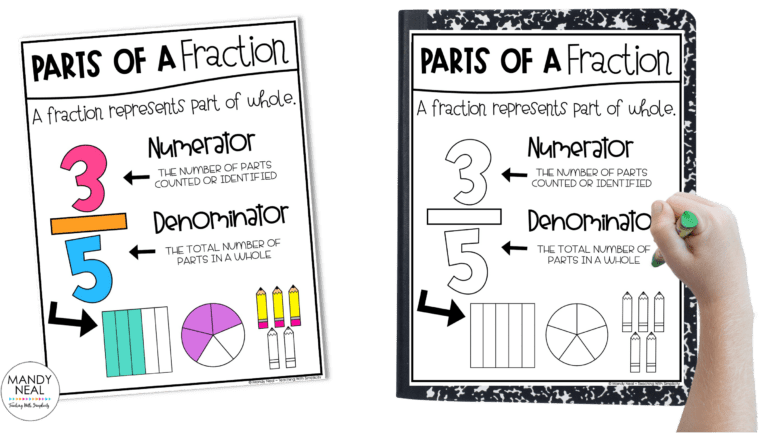
3. Picture Books
Selecting various picture books can create enthusiasm among your students for learning about fractions and enhance their comprehension of fractional concepts.
Using picture books to introduce fractions will add some extra enjoyment and imagination to your teaching!
If you are lucky enough to have The Hershey’s Milk Chocolate Fractions Book, purchase each student a Hershey’s Chocolate Bar to use as a manipulative as you read the book to them. If that’s a scary thought, have them save it to the end to eat.
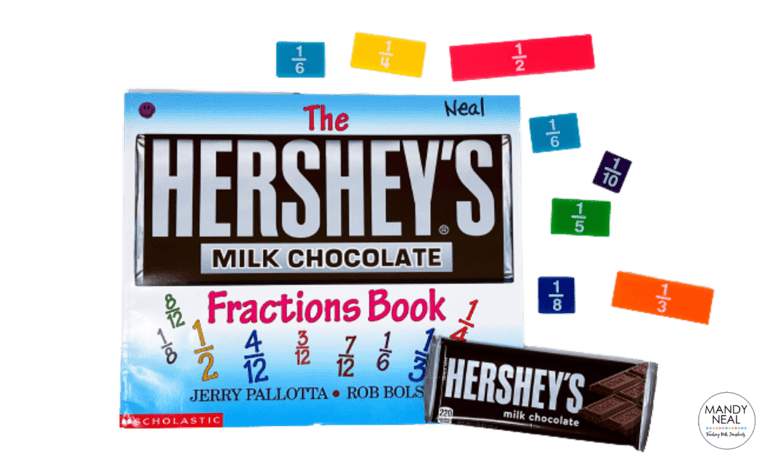
Fraction Fun by David Adler is one of my favorites too. This book gives excellent visuals and shows that fractions are all around us. Many hands-on activities can be completed as well!
My Half Day by Doris Fisher and Dani Sneed is a fun book too! It starts with a boy that wakes up with a half-head of hair. The students get a chuckle out of this one!
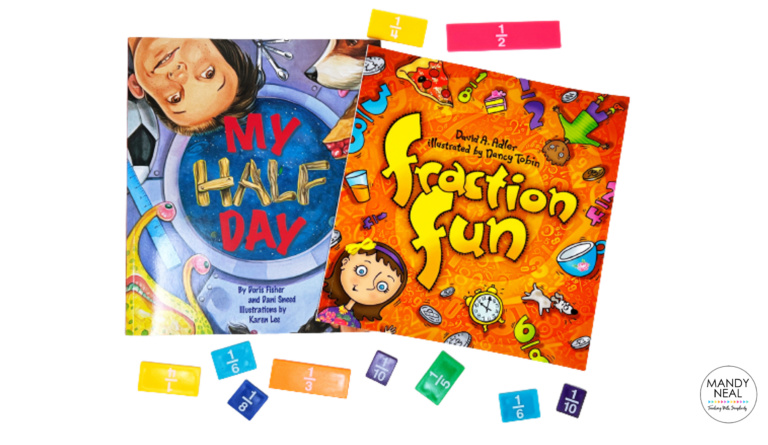
4. Hit Vocabulary HARD!
Don’t skimp on the vocabulary! Math vocabulary is essential throughout every unit. Depending on your grade level, vocabulary may include halves, thirds, fourths, fifths, sixths, tenths, twelfths, fractions, numerators, denominators, unit fractions, benchmark fractions, mixed numbers, improper fractions, equivalent fractions, etc.
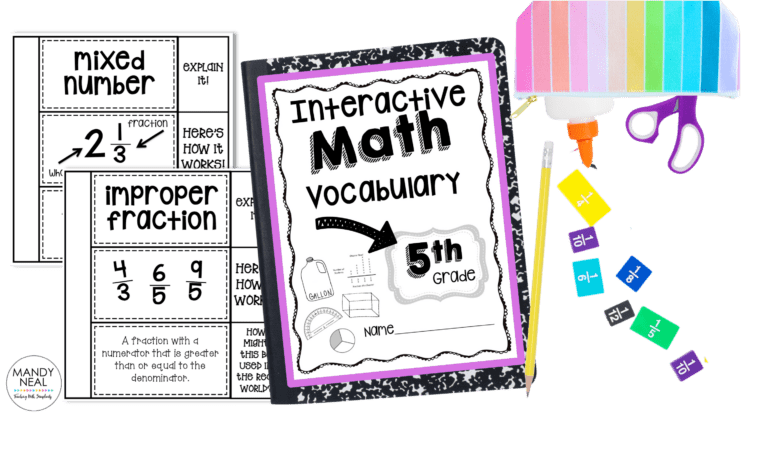
Once your students are familiar with the vocabulary, playing Bingo (my version is called Math Wordo) with the words excites students and helps reinforce the words with their definitions.
5. Real Life Fractions
Provide students with a list of ways or places that fractions are used in real life.
For example:
Cooking and Baking: In cooking and baking, recipes often call for measurements that are fractions of a whole, such as 1/2 cup of sugar or 1/4 teaspoon of salt.
Construction and Carpentry: In construction and carpentry, fractions are used to measure and cut materials to the appropriate size, such as cutting a board to 3/4 of an inch or measuring the length of a wall in feet and inches.
Time: In time, fractions are used to measure parts of an hour or a day, such as 15 minutes (1/4 of an hour) or 12 hours (1/2 of a day).
Sewing: In sewing, fractions are used to measure and cut fabric, such as cutting a piece of cloth to 1/2 yard or 1/4-inch seam allowance.
Art: In art, fractions are used to create and scale designs, such as dividing a canvas into thirds or using 1/2-inch grids to sketch a portrait.
After providing students with various real-life examples, they will be sure to come up with MANY more that you can add to the anchor chart!
6. Fractions Around Us
I must be honest; when I talk to my students about fractions, I tend to relate fractions to food more than anything. I must stay conscious of the examples I provide to my students, so they know that fractions are more than food!
The Fractions Around Us activity is good for a math warm-up or early finishers activity. I have done this in two different ways.
First, provide students with a fraction. They create a quick scenario that relates to the fraction. They write the scenario on a sticky note and attach it to the anchor chart. At the end of the day, I pick a few from the chart and share them with the class.
For example, if the fraction for the day is 4/5, scenarios may include; 4/5 of the class is wearing blue shirts, 4/5 of the day is over, I ran 4/5 of a mile yesterday, etc.
Another way to do this activity is to let students determine their own fraction to use. They can even create a small survey for their classmates, such as what fraction of the class’s favorite pet is a cat, what fraction of the class has green eyes, etc.
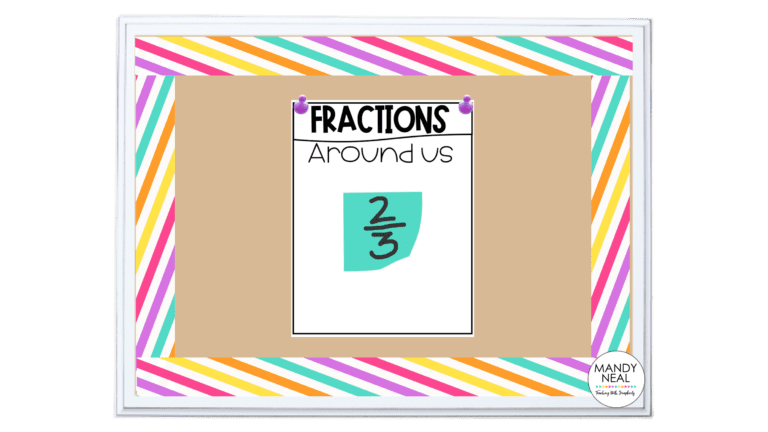
7. Fraction of the Day
Implementing a fraction of the day can be an effortless and effective way to review fractions daily. The anchor chart below is a good review for 3rd and 4th graders! Depending on your grade level will depend on what you want to review.
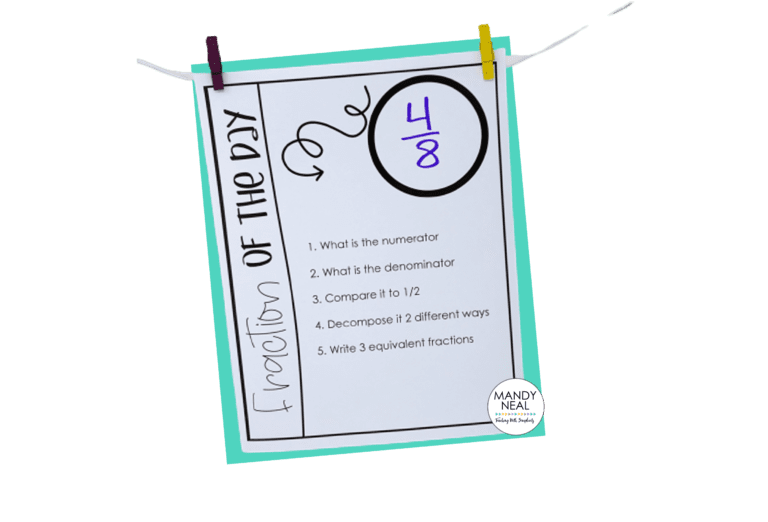
Bonus: Games for Teaching Fractions in the Classroom
These five easy to implement fraction games are free! Using dominoes students practice comparing fractions, ordering fractions, adding and subtracting fractions, multiplying fractions, and dividing fractions. They are perfect for 3rd, 4th, and 5th grade classrooms! You can find them HERE.
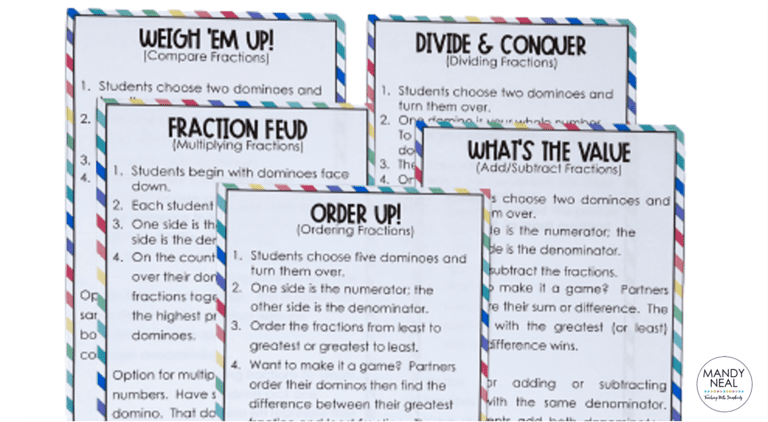
If you can get your students excited about fractions, have the language to support them, and review fractions in various ways, then you are on the right track!

